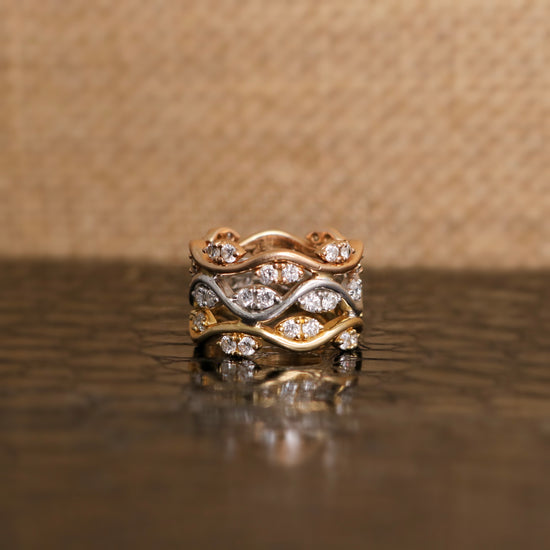Introduction
In recent years, 랩다이아몬드 목걸이 has witnessed a remarkable shift toward sustainability and ethical practices. Among the most significant changes is the growing popularity of lab diamond necklaces. These stunning pieces, crafted from man-made diamonds, offer consumers an ethical and environmentally friendly alternative to traditional mined diamonds. This article explores the rise of lab diamond necklaces, their benefits, and what makes them a preferred choice for many jewelry enthusiasts.
Understanding Lab Diamonds
Lab diamonds, also known as synthetic or cultured diamonds, are created in controlled environments using advanced technology. They possess the same physical, chemical, and optical properties as natural diamonds, making them indistinguishable to the naked eye. Lab diamonds are produced using two primary methods: High-Pressure High-Temperature (HPHT) and Chemical Vapor Deposition (CVD).
The HPHT method mimics the natural conditions under which diamonds form deep within the Earth’s mantle. Carbon is subjected to intense pressure and temperature, resulting in the growth of a diamond crystal. The CVD technique involves placing a diamond seed in a chamber filled with carbon-rich gas. The gas is energized, allowing carbon atoms to deposit on the seed and grow a diamond layer by layer. Both methods produce high-quality diamonds that are graded using the same criteria as natural diamonds, known as the Four Cs: cut, color, clarity, and carat weight.
Benefits of Lab Diamond Necklaces
One of the primary motivations for choosing lab diamond necklaces is the ethical sourcing of these gems. Mined diamonds can sometimes be associated with human rights violations and environmental degradation. Lab diamonds, on the other hand, are created without the ethical dilemmas tied to traditional diamond mining.
The diamond mining industry has a significant ecological footprint, often leading to habitat destruction and soil erosion. In contrast, lab diamonds are produced with a minimal environmental impact, making them a more sustainable choice for conscious consumers. Additionally, lab diamonds are typically 20-40% less expensive than their mined counterparts. This price difference allows consumers to invest in larger or higher-quality stones without breaking the bank. As a result, lab diamond necklaces can offer more sparkle and brilliance for the same budget.
With the increasing demand for lab diamonds, jewelers are creating an array of styles and settings. From classic solitaires to intricate designs adorned with additional gemstones, lab diamond necklaces can be tailored to suit individual tastes and preferences.
The Aesthetic Appeal of Lab Diamond Necklaces
Lab diamond necklaces come in a variety of styles, making them suitable for any occasion. Solitaire necklaces, featuring a single diamond, showcase the brilliance of the lab diamond, making them a perfect choice for everyday wear or special occasions. Halo necklaces, surrounded by a halo of smaller diamonds, create a stunning visual impact, enhancing the central lab diamond’s size and sparkle. Additionally, lab diamond pendants can take various forms, from classic heart shapes to more modern geometric designs, allowing for personal expression.
Care and Maintenance
Caring for lab diamond necklaces is similar to that of natural diamond jewelry. Regular cleaning with mild soap and water, combined with a soft brush, can help maintain their brilliance. It’s essential to store them separately to avoid scratches and damage.
Conclusion
Lab diamond necklaces represent a harmonious blend of beauty, ethics, and affordability, making them a compelling choice for today’s conscious consumer. As more people recognize the advantages of man made diamonds, the demand for lab diamond jewelry is expected to continue growing. With their stunning aesthetics and responsible sourcing, lab diamond necklaces offer a meaningful way to celebrate life’s special moments while honoring our commitment to the planet and its people. Whether as a gift or a personal treat, these necklaces serve as a testament to the evolving landscape of the jewelry industry, where luxury and ethics go hand in hand.

